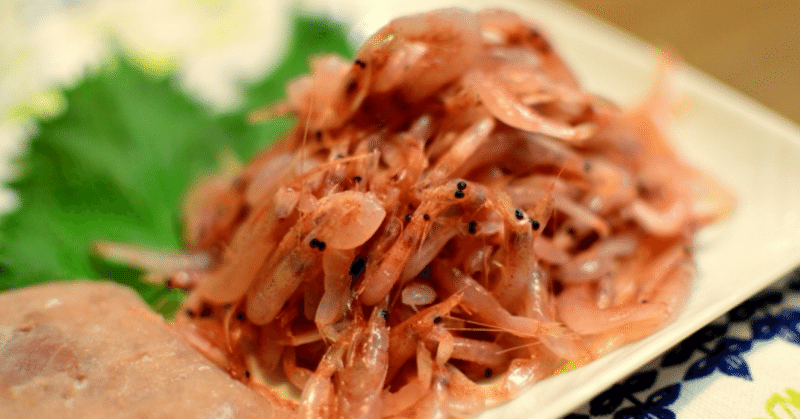
【Koyomi】March 27, 2024
Seasonal food|Sakura shrimp 旬の食べ物|桜エビ
Fishing Seasons
Sakura shrimp are harvested exclusively during two brief periods each year to ensure their populations remain sustainable. The spring season lasts from mid-March to early June, while the autumn season spans from late October to late December. This careful management not only preserves the delicate balance of marine life in Suruga Bay but also ensures that future generations can continue to enjoy this exquisite seafood.
漁期
桜えびは、その個体群が持続可能であることを確保するため、毎年2回の短い期間中にのみ収穫されます。春の漁期は3月中旬から6月初旬まで、秋の漁期は10月下旬から12月下旬までです。この慎重な管理は、駿河湾の海洋生物の繊細なバランスを保全するだけでなく、将来世代がこの絶品の海産物を引き続き楽しむことができるようにもしています。
Geographical Uniqueness: A Treasure of Suruga Bay
The rarity of Sakura shrimp stems from its limited harvesting locations, with Suruga Bay in Japan and certain areas in Taiwan being the only places in the world where they are caught. This geographical exclusivity adds to the allure and value of Sakura shrimp, making it a sought-after ingredient in culinary circles.
地理的な特性:駿河湾の宝
桜えびの希少性は、収穫地域が限られていることから来ています。世界で水揚げされるのは日本の駿河湾と台湾の特定地域のみです。この地理的な排他性が、桜えびの魅力と価値を高め、料理界で求められる食材にしています。
Nutritional Value: A Wealth of Health Benefits
Rich in essential nutrients that are often lacking in the Japanese diet, Sakura shrimp contains calcium, magnesium, phosphorus, iron, and zinc. Additionally, it's a source of EPA and DHA, omega-3 fatty acids known for their cholesterol-lowering effects, and taurine, which supports heart health. Incorporating Sakura shrimp into meals can therefore contribute significantly to a balanced and nutritious diet.
栄養価:健康への富
日本人の食事で不足しがちな重要な栄養素を豊富に含む桜えびは、カルシウム、マグネシウム、リン、鉄、亜鉛を含みます。さらに、コレステロール値を下げることで知られるオメガ3脂肪酸のEPAとDHA、心臓の健康をサポートするタウリンの源でもあります。したがって、桜えびを食事に取り入れることは、バランスの取れた栄養豊富な食事に大きく寄与することができます。
この記事が気に入ったらサポートをしてみませんか?
